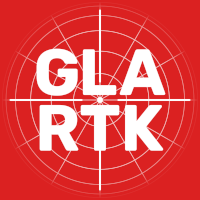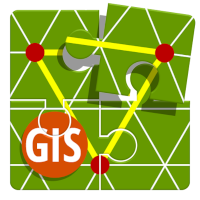GLRM
Applications
GLRM supports all GNSS constellations and offers triple frequency capabilities from each GNSS system.
With an access to more satellites and faster and easier solution convergence, GLRM is a uniquely reliable tool, especially in urban, forested, and generally challenging environments.
Additionally, in-built powerful IMUs on board guarantee swift tilt compensation.
We offer seamless device configuration on the go.
GLRM comes with a free app, which allows you to set up NTRIP and GNSS parameters (satellites system, update rate) to get started with the point collection and stakeout.
API for software integration with the third party fieldwork apps is available.
GLRM is ultra-compact but ultra-powerful: it corrects for angles of > 60 degrees, while remaining within 15-20 mm of accuracy.
With advanced tilt compensation algorithms on board, the GLRM ensures cm-precise data collection and real time tilt compensation in challenging positions.
Urban environments are packed with radio connections, WiFi networks, power generating facilities, and many other causes of artificially generated noise, mess up with your signal.
GLRM comes with a powerful technology on board which distinguishes between genuine signals and interferences, maintaining data integrity.
The weight of the GLRM is just 115 g, which fits perfectly in the pocket of your jeans!
Just magnetically attach it to the mobile device and turn it into a self-sufficient RTK system, which delivers centimetre accuracy for both static and dynamic applications.
GLRM is ideal for cm-precise georeferenced lidar scanning with a mobile device. Comes with an optimally positioned antenna. Compatible with iOS devices with 3D LiDAR scanning applications, it offers a range of 4-5 meters for detailed surveys.
and lightweight
GLRM redefines reliability.
IP67 ingress protection class. 3D CNC milled aluminium case. Plastic parts out of glass fiber, reinforced polycarbonate. It is built to withstand any conditions!
IP67 aluminium case
Forget the cases, kits, and packages – from now on you only need to take your mobile device, magnetically attach GLRM receiver, and you have a fully featured RTK system for your surveying and georeferenced lidar scanning tasks.
No additional equipment needed!
to the mobile device
GLRM uses latest tech high end BLE components which enable correction data transfer over long distance between 2 GLRMs (you can use GLRM as both a base and a rover).
The battery life of > 10 hours is ideal for lasting and extensive fieldwork. An innovative design allows a single cable to charge both the device and an iPhone simultaneously, streamlining the user experience.
of the mobile device
GLRM provides real-time, centimeter-level accuracy, essential for high-precision applications. GLRM ensures sub-centimeter accuracy for static applications and 1.5-centimeter accuracy for dynamic use.
Perfect for both beginners and professionals who require utmost accuracy in their fieldwork, with minimum time and effort investment. Let our receiver do the job!
centimeter accuracy, fix in 2 sec.
When used for 3D scanning applications with mobile phones, RTK rover attached to a phone gets tilted upwards or downwards to ensure better data capture. This however affects the strength of the received signal. Problem solved.
With GLRM you no longer need to compromise between scan quality and RTK precision. GLRM antennas are initially pre-tilted by 45 degrees, the optimal antenna positioning. This means even if you tilt your device vertically or horizontally, the impact of the angle on the signal quality will be minimal.
triple frequency high-gain antenna
GLRM is delivered with a pencil size minipole, enabling you to use it, like in a classical setup with normal pole. For point collection and stake out. When you place your GLRM with mounted minipole on a horizontal surface, the minipole is vertical, allowing you super accurate and long term static measurements.
The launch of GLR and GLRM signifies a major leap forward for General Laser and our extended family of business partners and resellers. For years we have worked alongside each other on expanding the European RTK GNSS industry.
And now we have two cutting-edge multi-band RTK GNSS receivers which not only offer the state-of-the-art software and hardware, but also embody our community’s unwavering commitment to sharing high-tech innovation with a wider public.


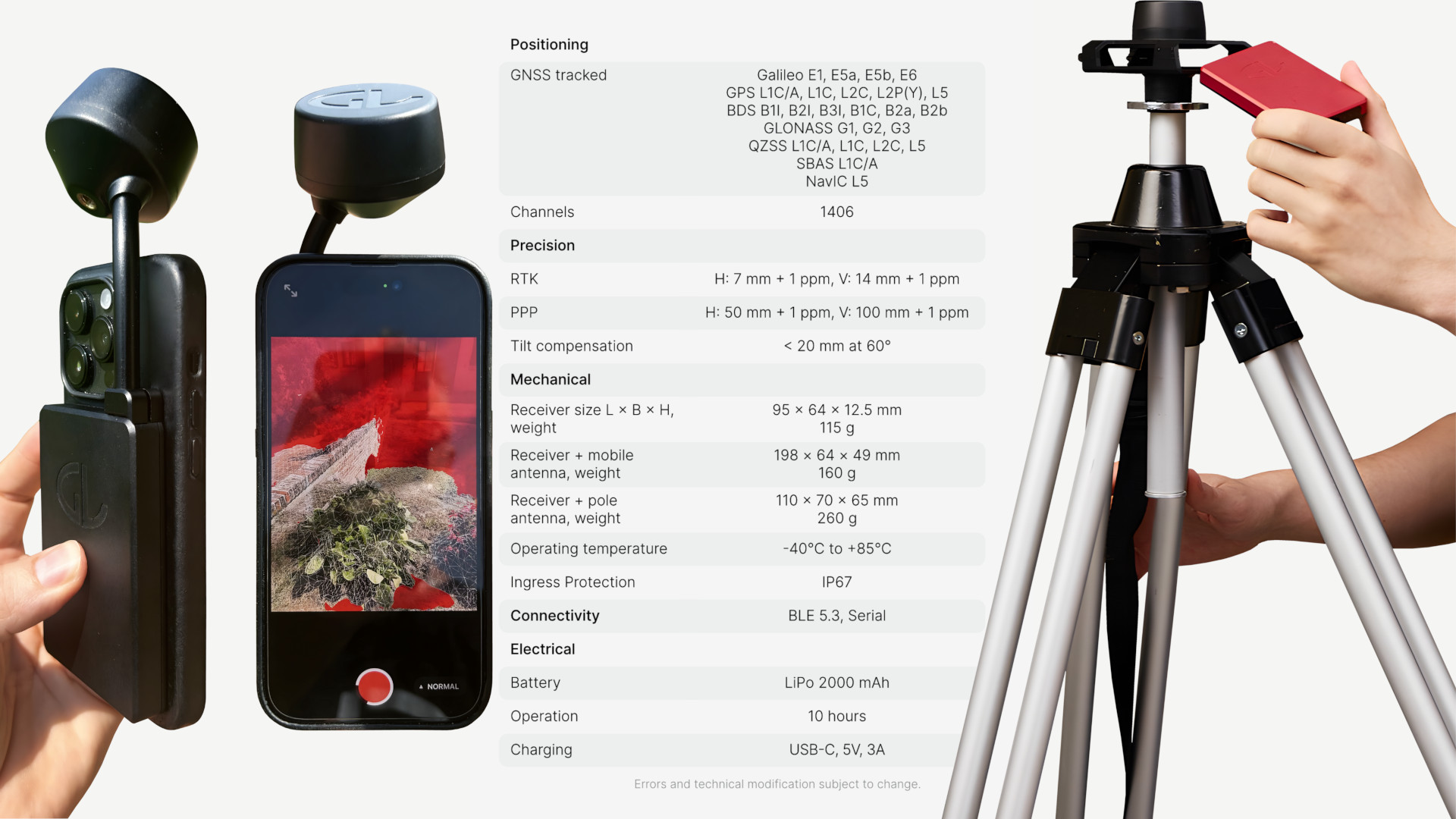
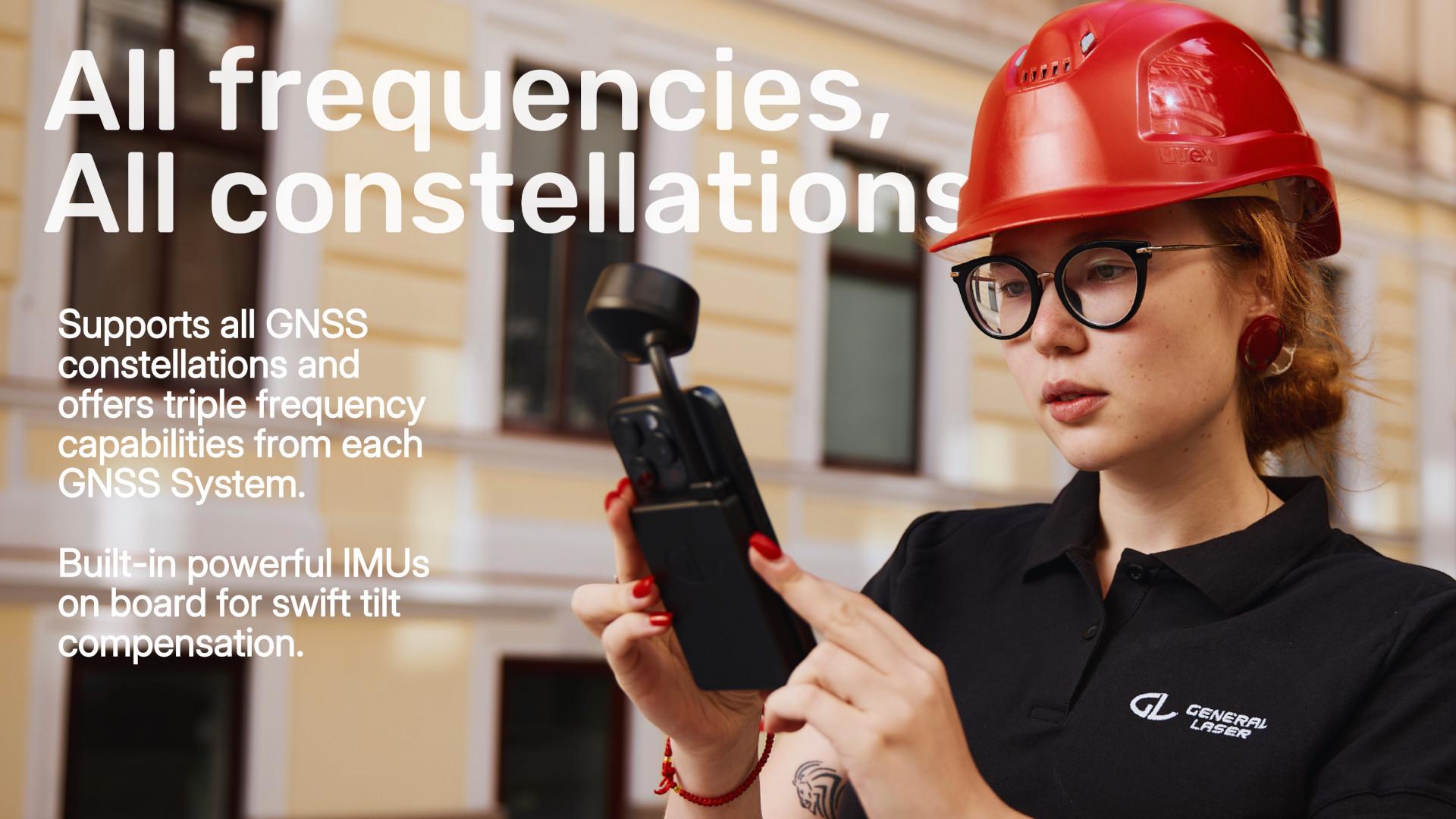
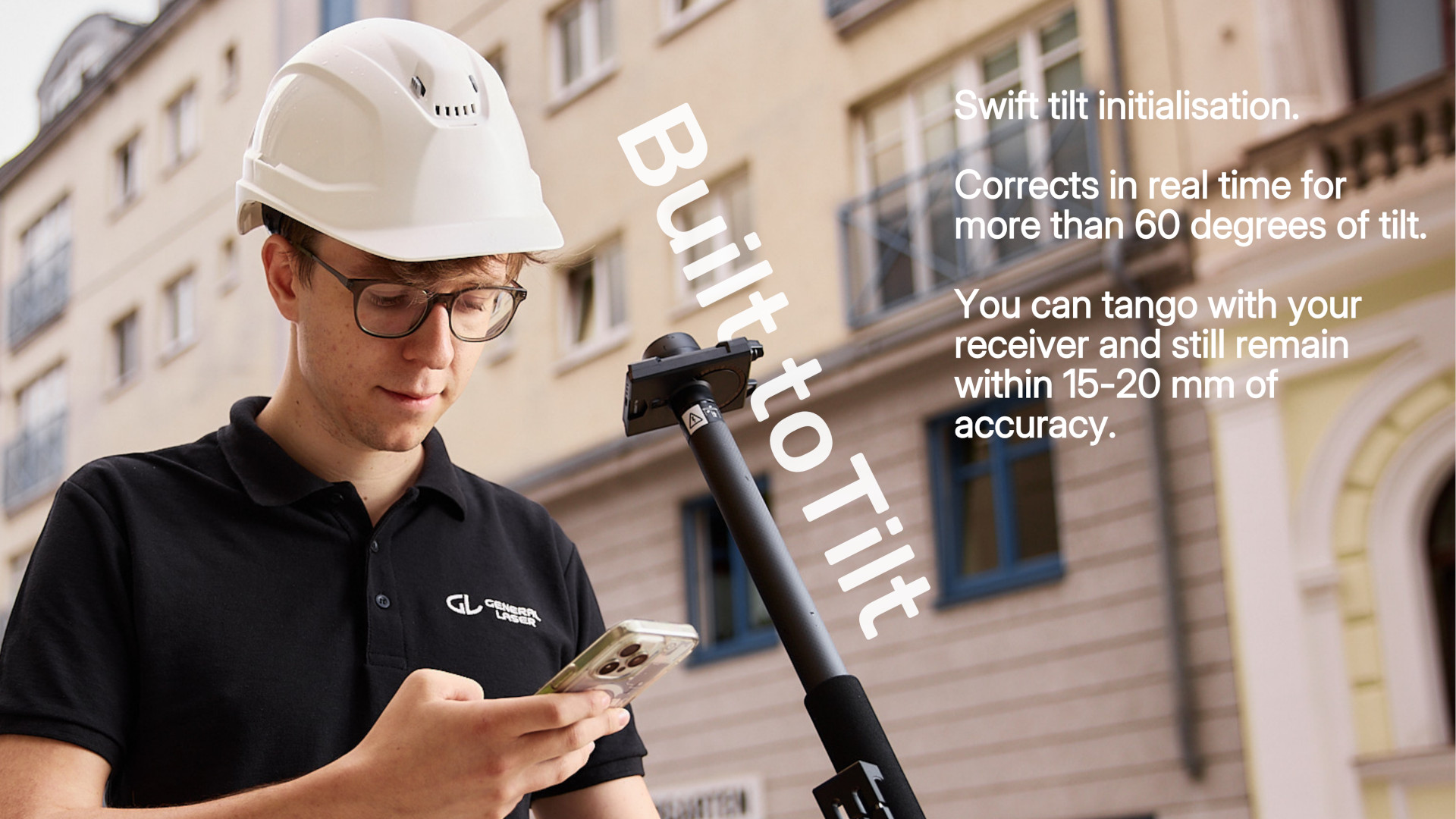
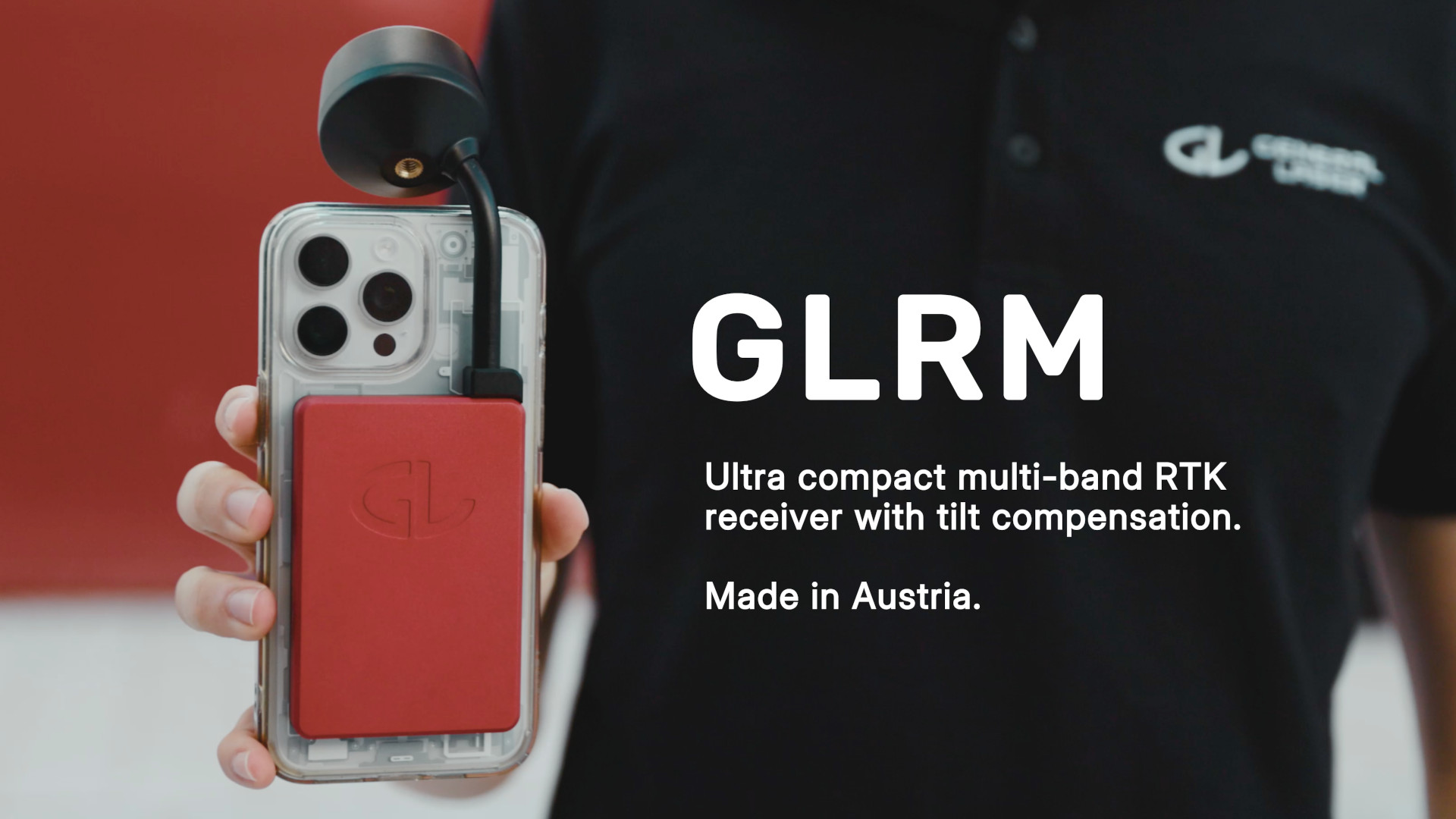
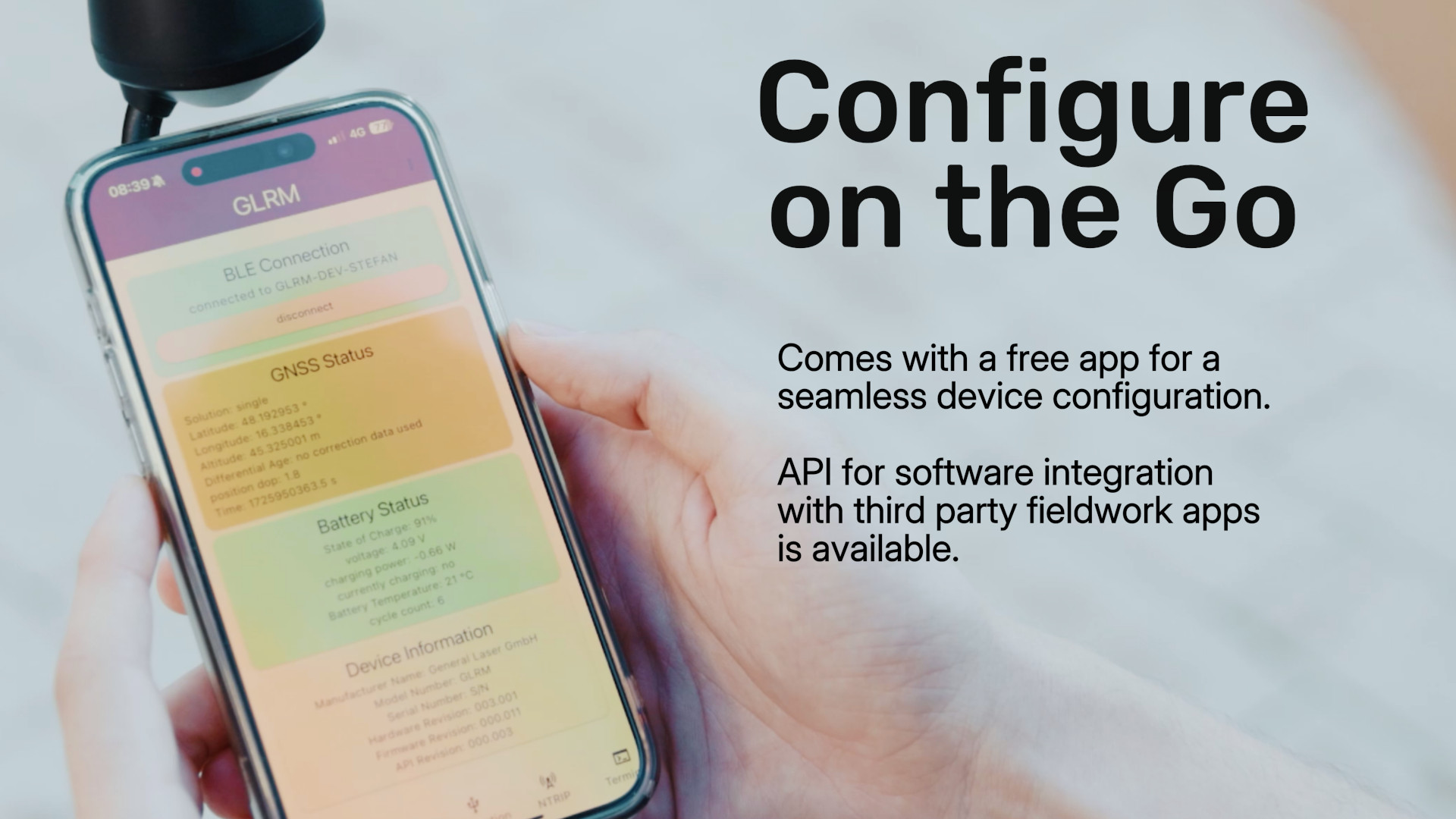
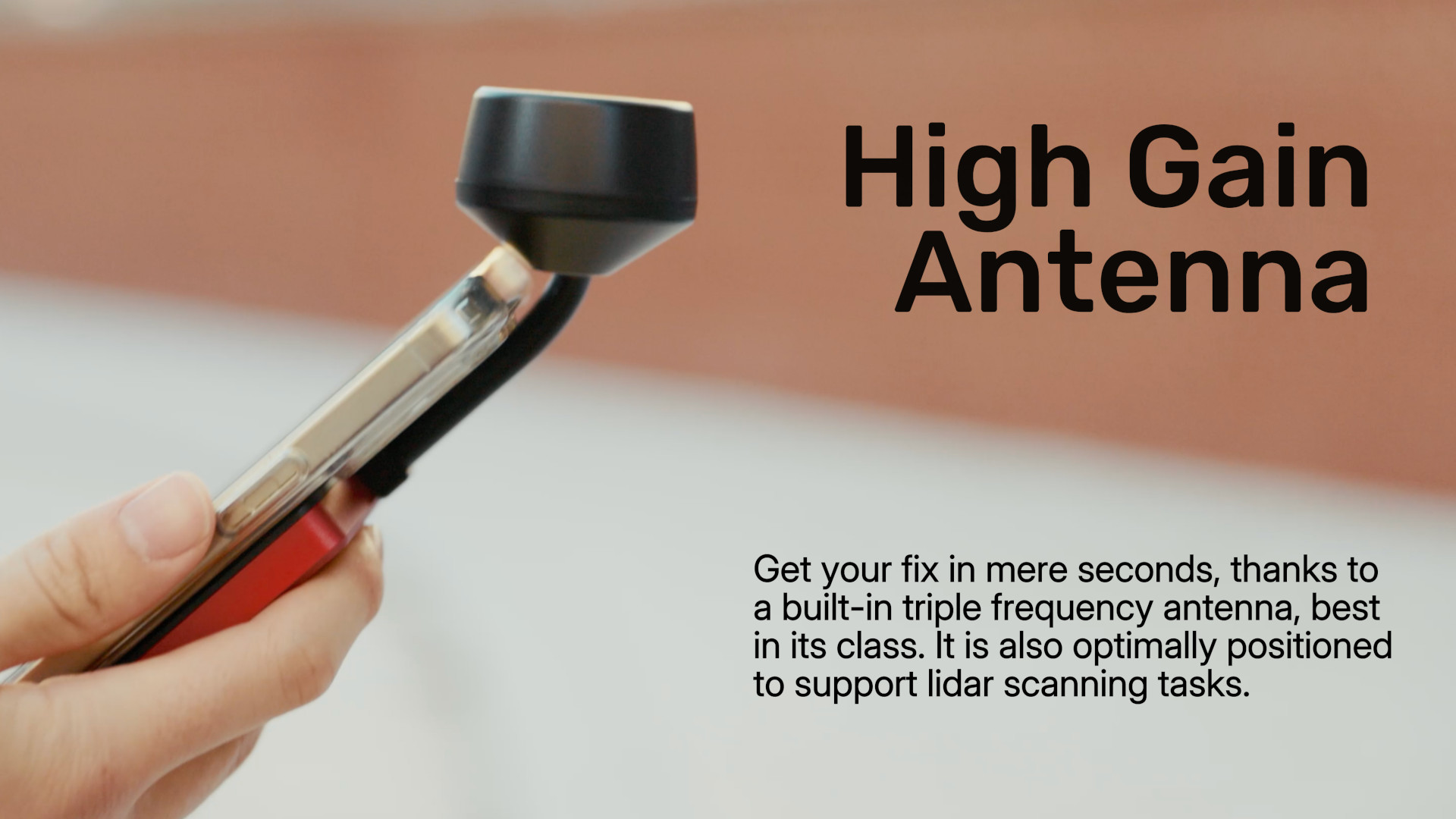
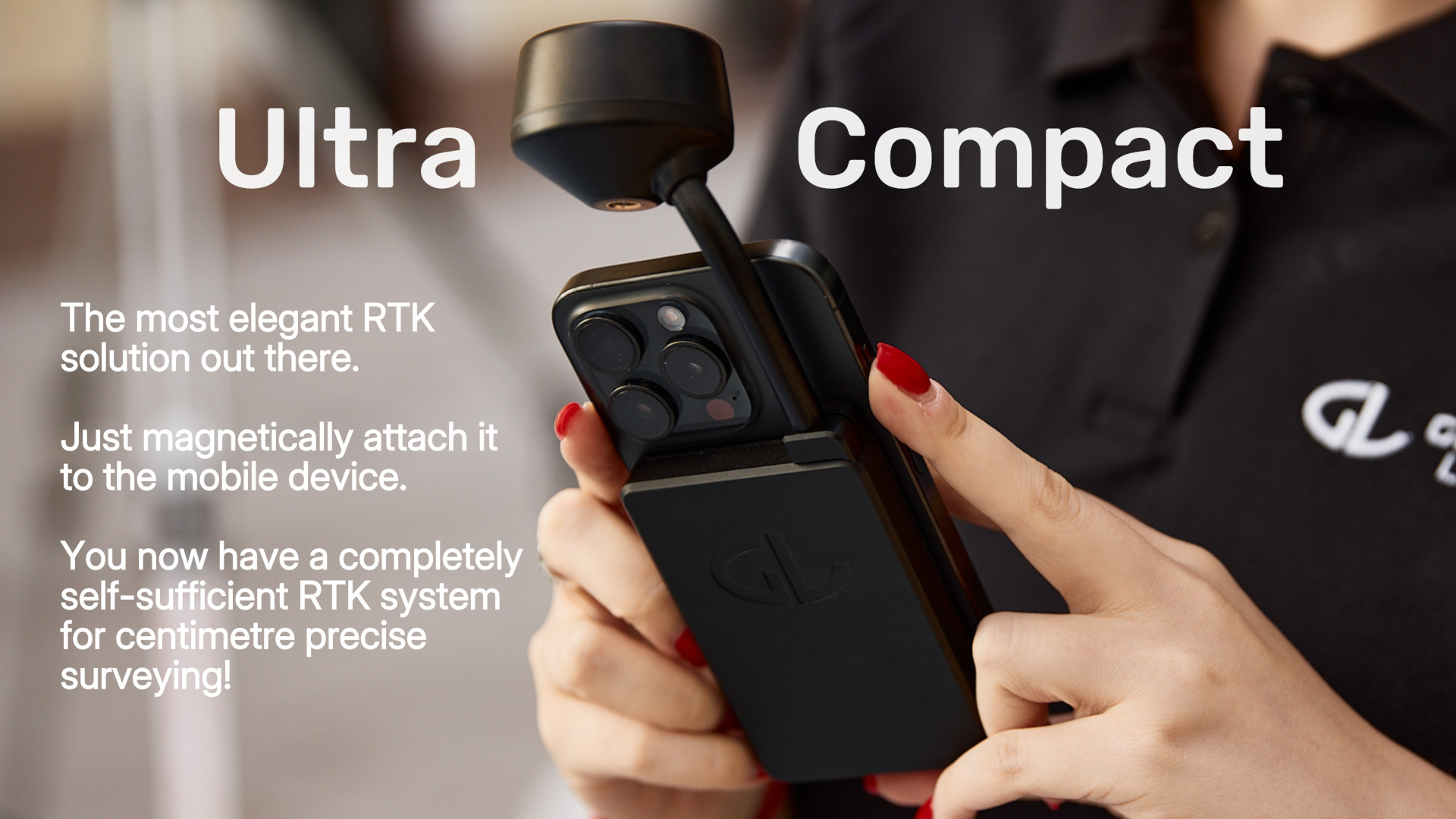

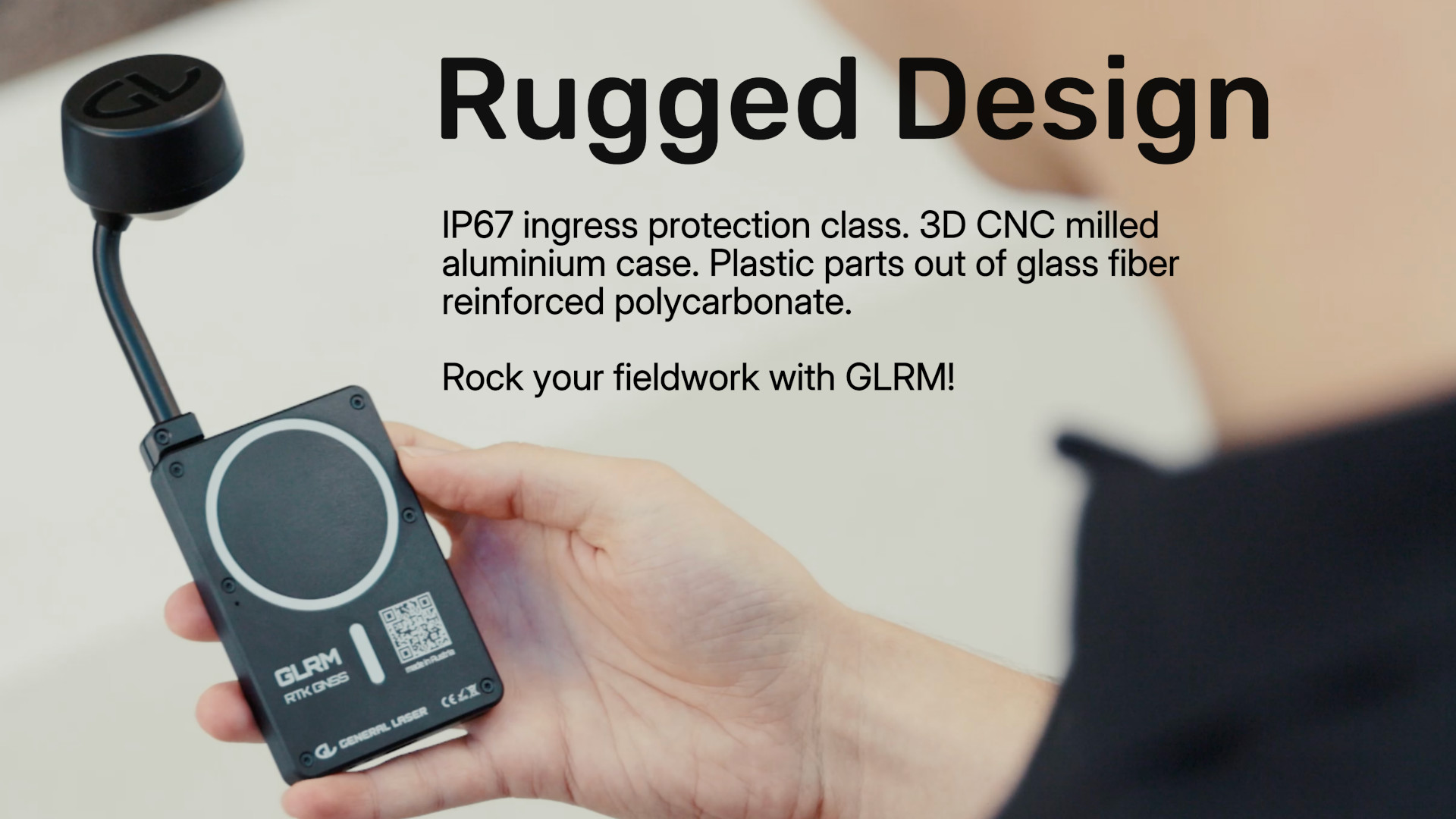
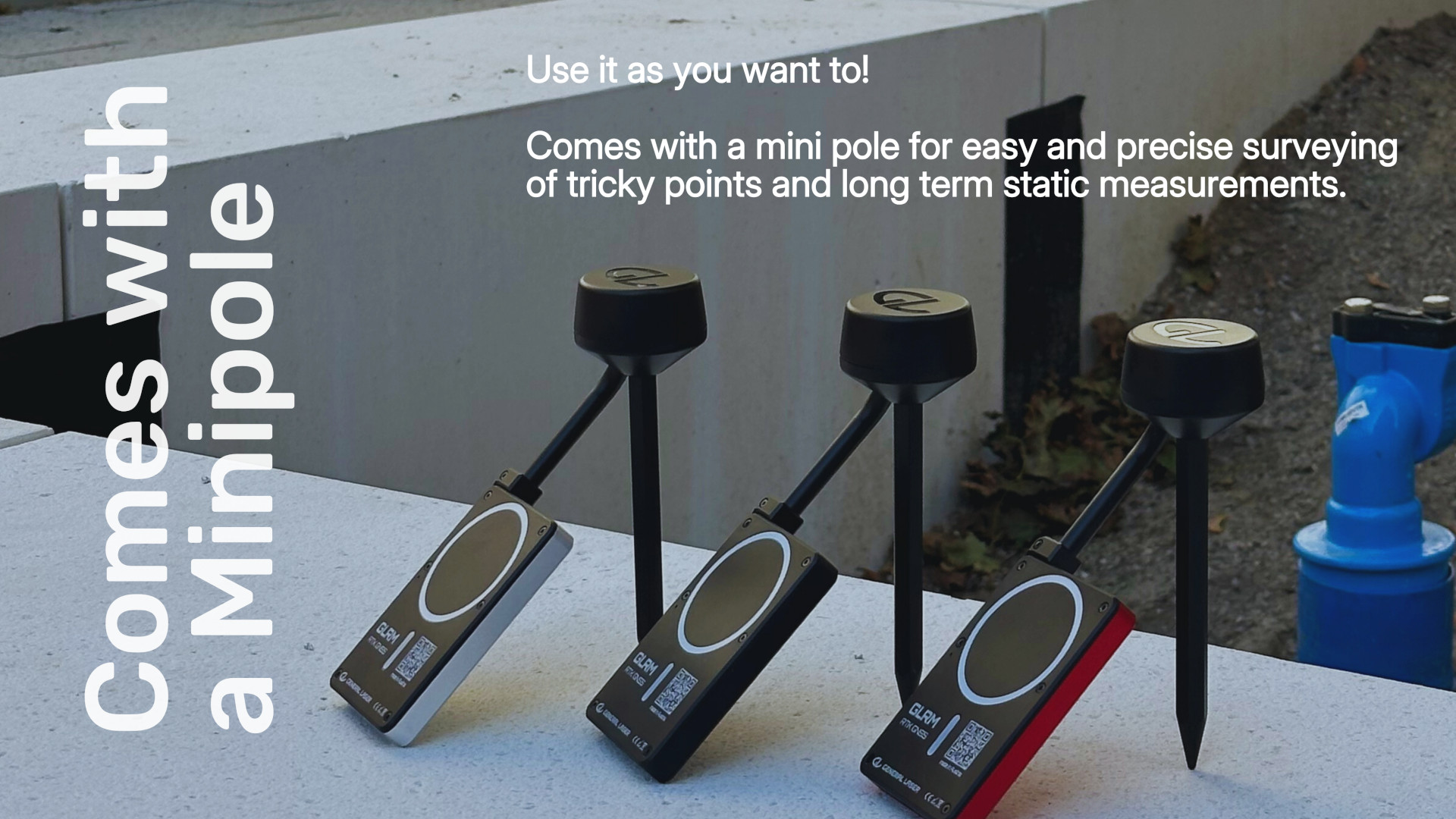
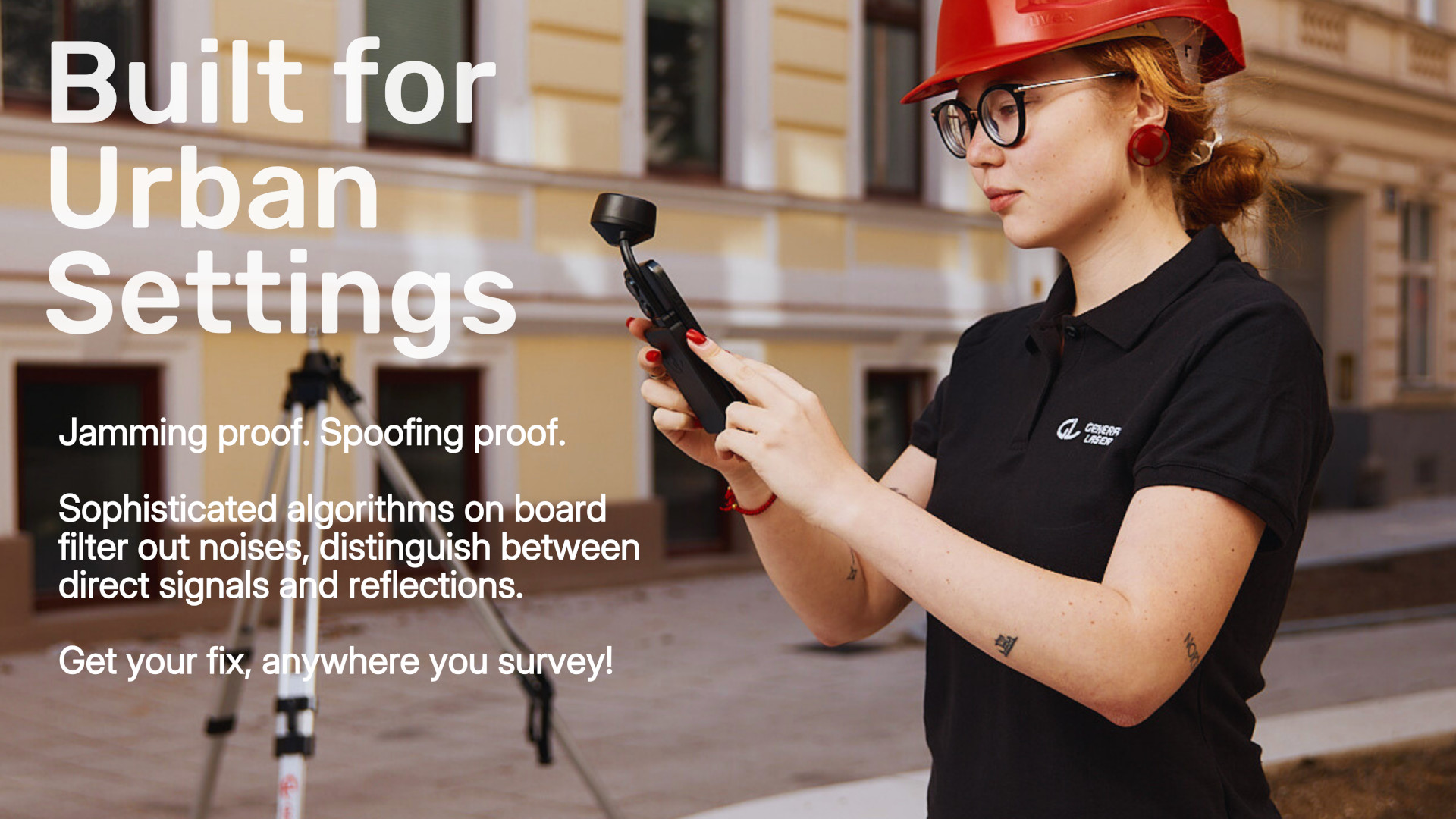
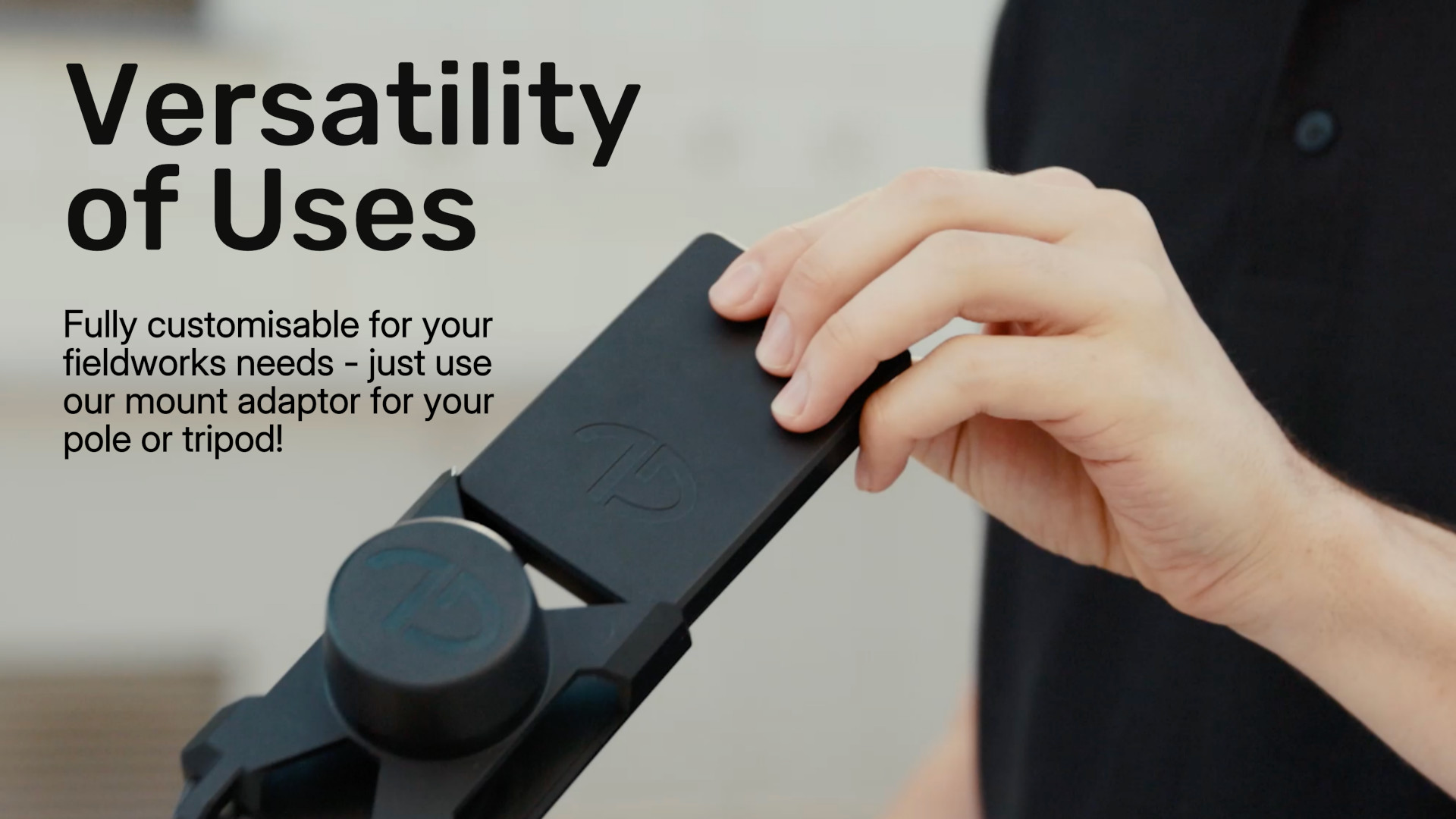

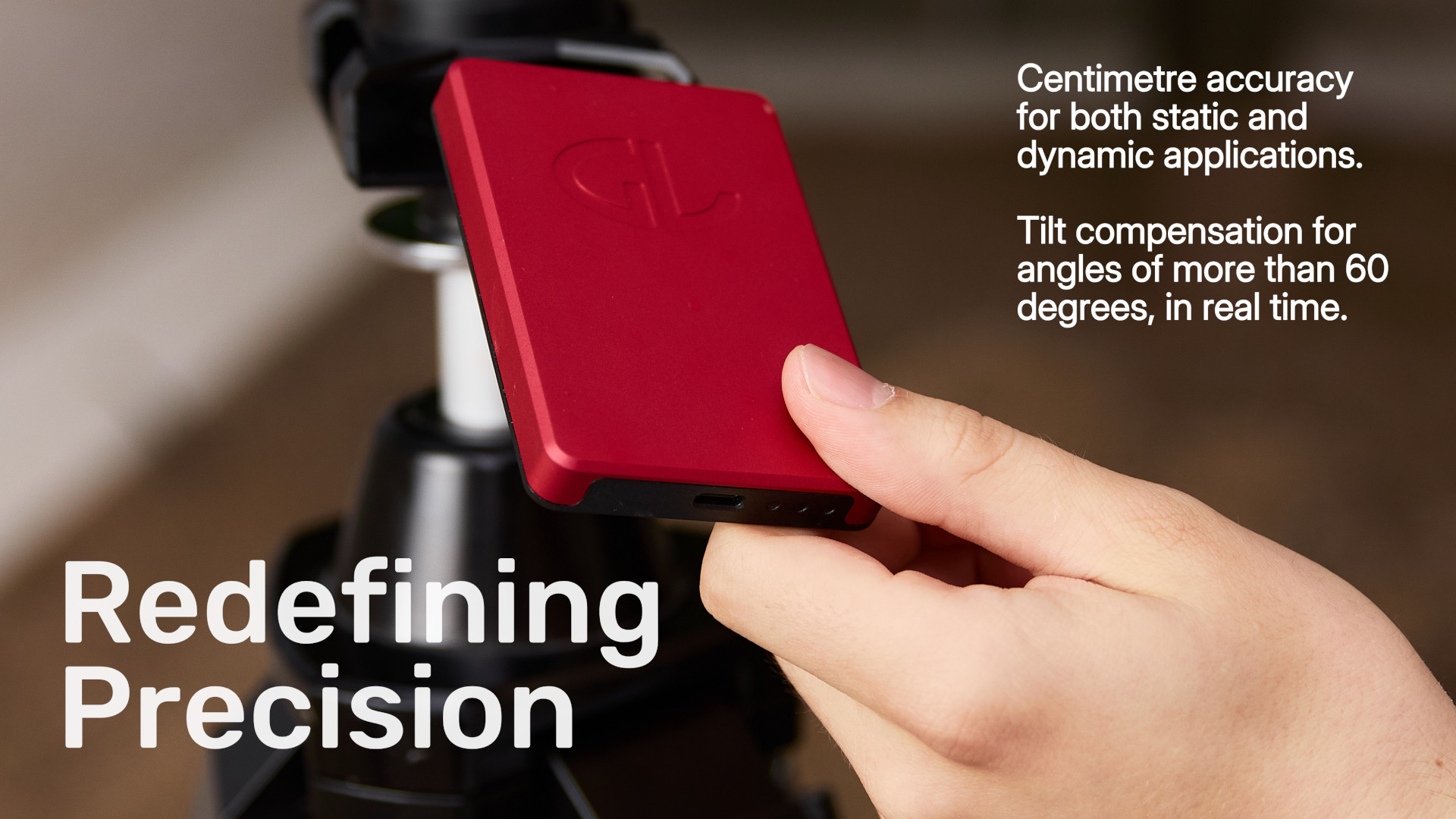
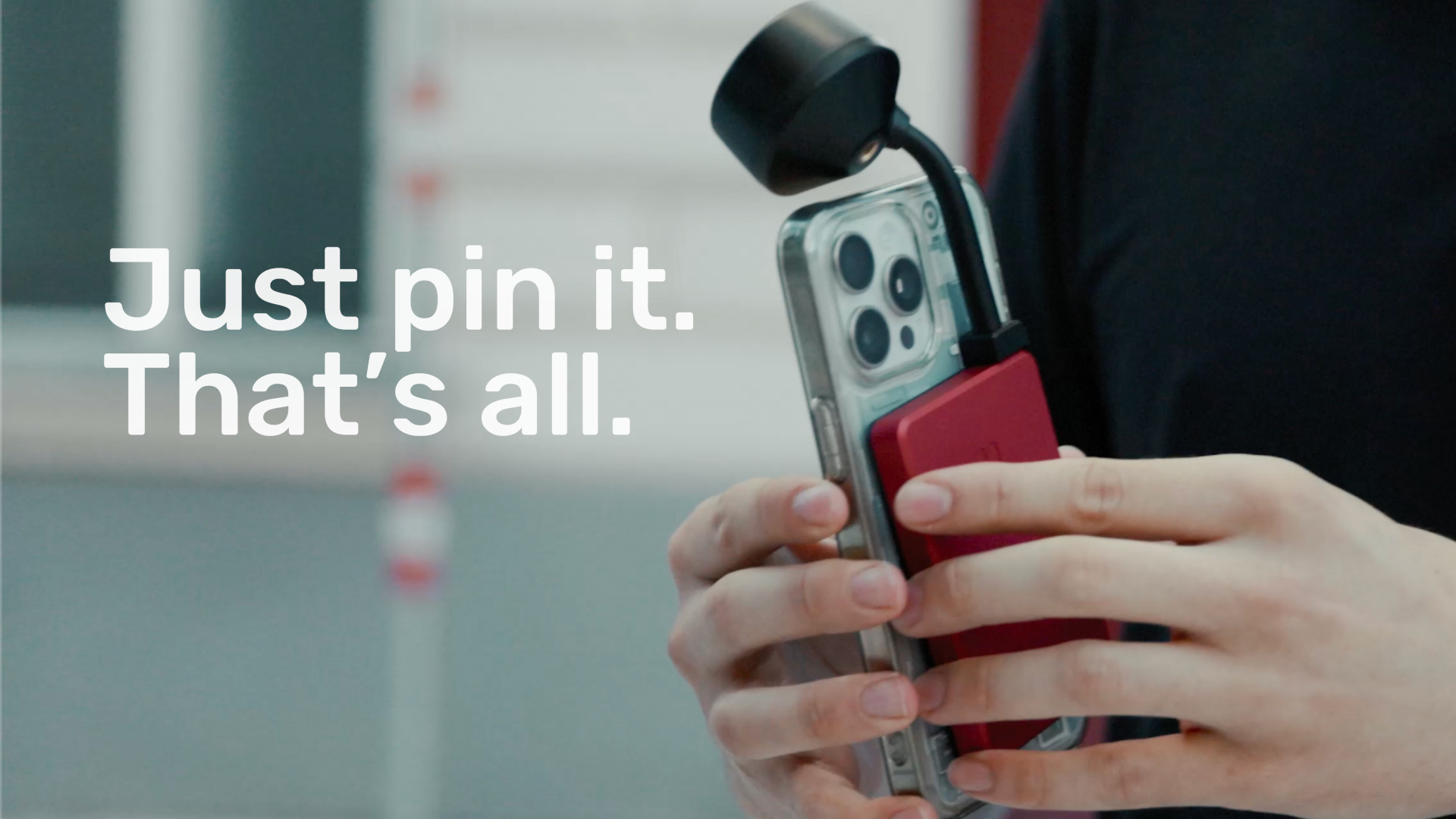
Positioning
GNSS tracked
Galileo E1, E5a, E5b, E6
GPS L1C/A, L1C, L2C, L2P(Y), L5
BDS B1I, B2I, B3I, B1C, B2a, B2b
GLONASS G1, G2, G3
QZSS L1C/A, L1C, L2C, L5
SBAS L1C/A
NavIC L5
Channels
1406
Precision
RTK
H: 7 mm + 1 ppm, V: 14 mm + 1 ppm
Tilt compensation
< 20 mm at 60°
Convergence time
approx. 5 sec
Mechanical
Receiver size L × B × H
weight
95 × 64 × 12.5 mm
115 g
Receiver + mobile
antenna, weight
198 × 64 × 49 mm
160 g
Receiver + pole
antenna, weight
110 × 70 × 65 mm
260 g
Operating temperature
-40°C to +85°C
Ingress Protection
IP67
Connectivity
Communication interface
BLE 5.3, Serial
Correction data format
RTCM3
Position output
JSON-based protocol
Electrical
Battery
LiPo 2000 mAh
Operation
10 hours
Charging
USB-C, 5V, 3A
* Errors and technical modification subject to change.
Available colors
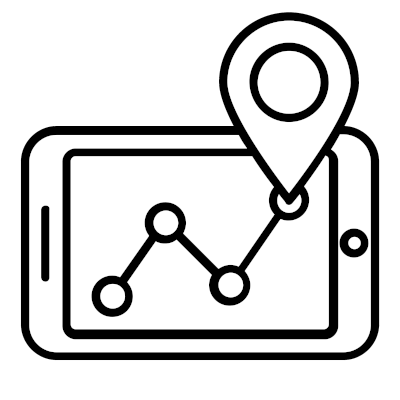
stakeout

mapping

management
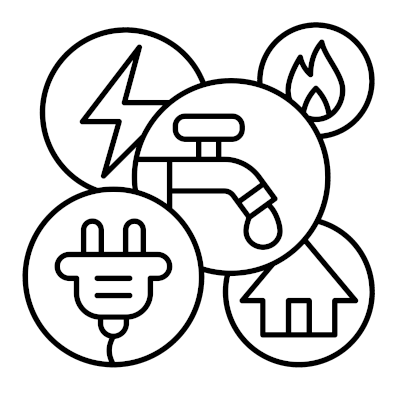
inspection

documentation


inventory

farming

navigation

mapping
INDUSTRIES & APPLICATIONS
Our solutions can be easily integrated into diverse workflows.

